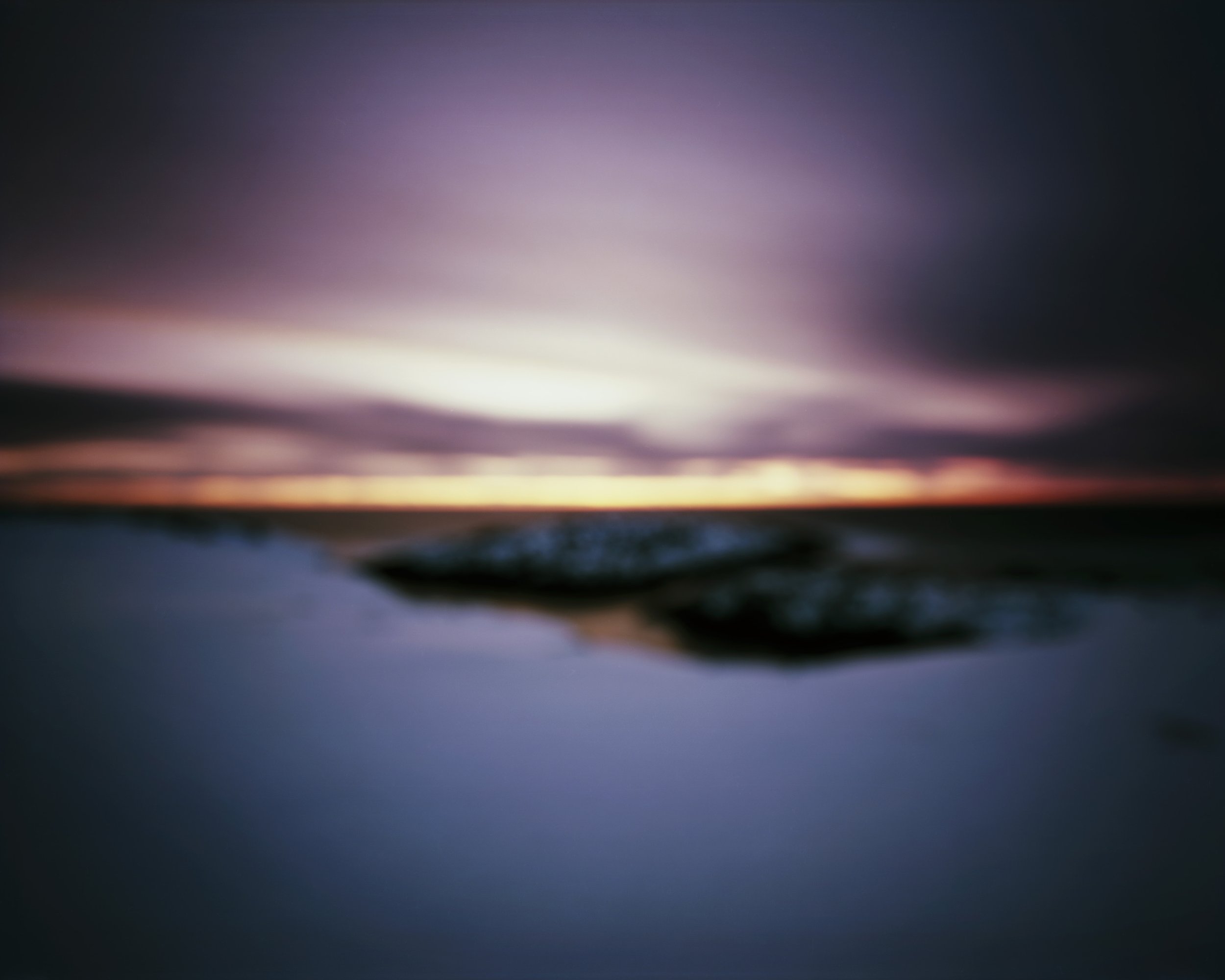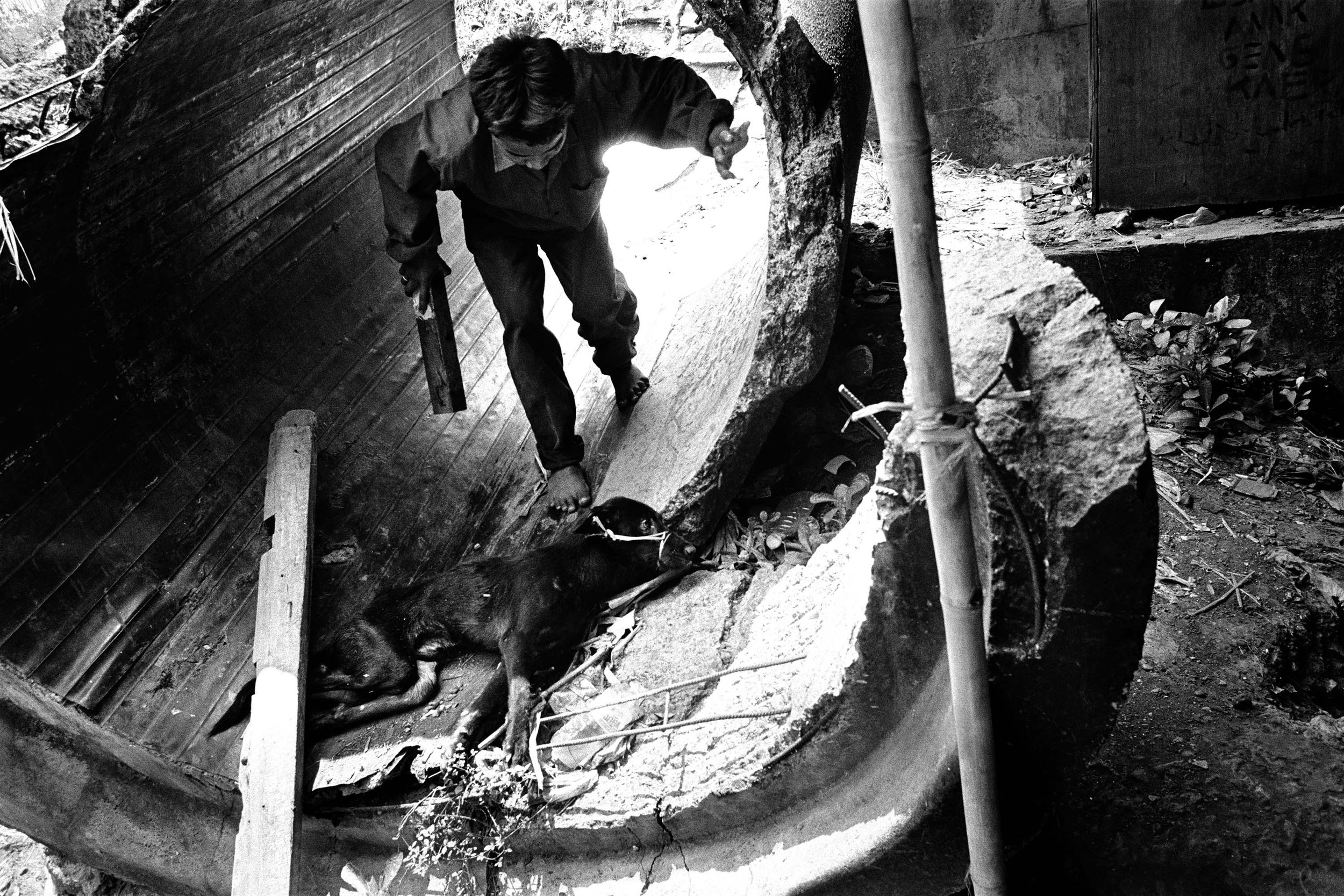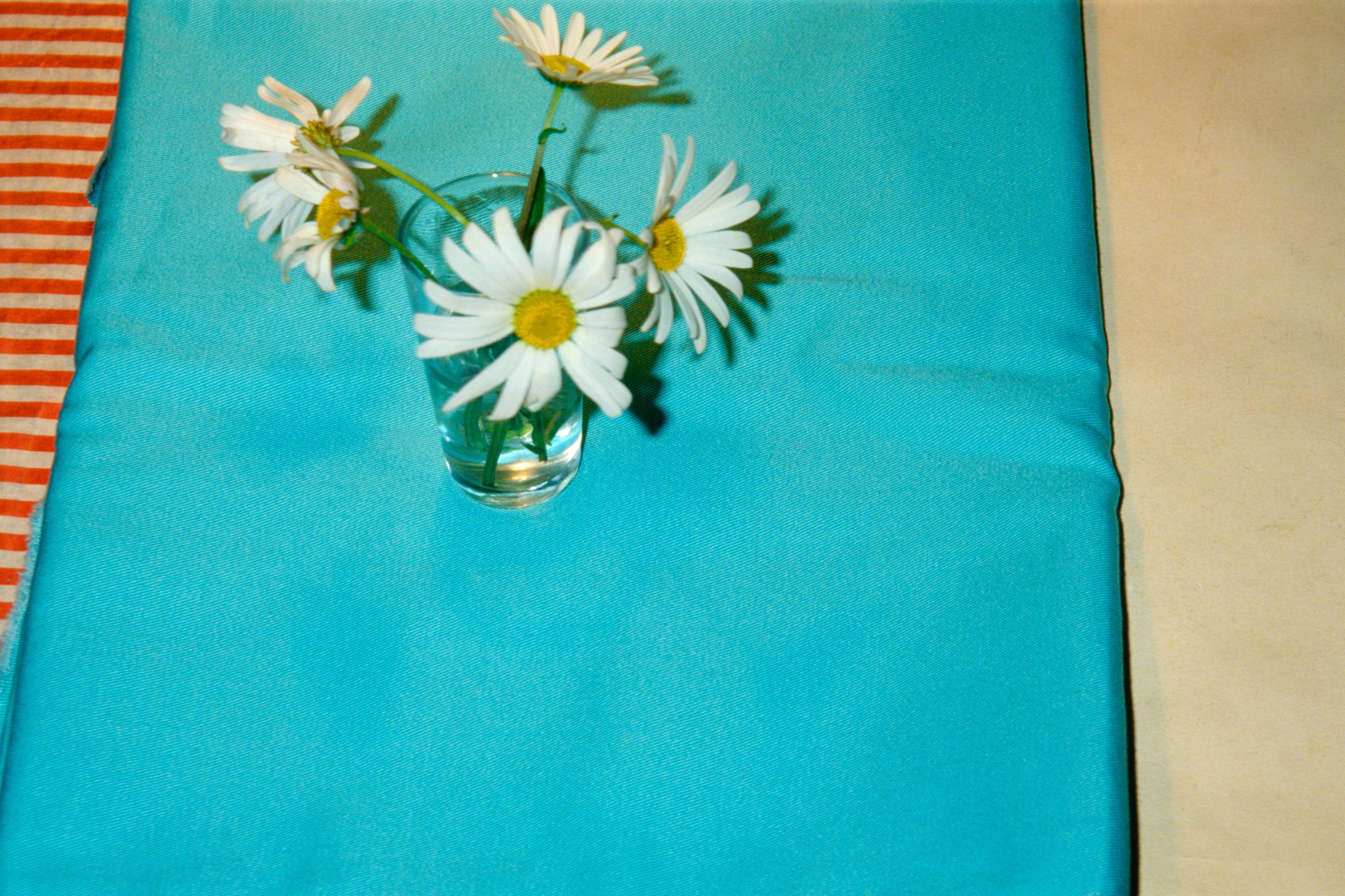
Zur Zeitlichkeit im Eis - Daniel Schwartz | Kunstmuseum Solothurn
Kunstmuseum Solothurn
16. März 2024
Begegnungen mit dem Letzteiszeitlichen Maximum
Ausstellungsrundgang mit Daniel Schwartz und Lorenz Hurni, Prof. für Kartografie, ETH Zürich
Zur Zeitlichkeit im Eis
Daniel Schwartz
Vertigo Galmigletscher, Schweiz, 19. Oktober 2014. aus der Serie theatrum Alpinum, 2015 © 2024 Daniel Schwartz/VII, ProLitteris, Zürich
Die Ausstellung gibt Einblicke in eine grosszügige Künstlerschenkung, die das Kunstmuseum 2022 entgegennehmen durfte.
Das ewige Eis ist nicht dauerhaft. Wer vor einen Gletscher tritt, erkennt in dessen heutiger Agonie auch die Spuren unseres Fortschritts und die Signale des Menschenzeitalters, des Anthropozäns. Seit den 1990er-Jahren beschäftigt sich Daniel Schwartz (*1955), der zu den international bekanntesten Fotografen seiner Generation zählt, mit der Klimakrise. In einem umfangreichen historischgeografischen Rechercheprojekt befasste er sich u. a. mit Gletschern als dynamische Systeme, an denen klimatische Veränderungen deutlich ablesbar sind. Entstanden sind eindrückliche Fotografien, Wort- und Kartenbilder an der Schnittstelle von Kunst und Wissenschaft. Vor 20’000 Jahren überdeckte der Walliser Eisstrom auch die Landschaft um Solothurn. In seiner Heimat am Jurasüdfuss begann Daniel Schwartz seine Reise zu schmelzenden Gletschern auf vier Kontinenten. Teil dieses Projekts – 2017 publiziert unter dem Titel While the Fires Burn. A Glacier Odyssey – ist die 49-teilige Serie Ice Age Our Age / Eiszeit Jetztzeit. Ballads and Enquiries Concerning the Last Glacial Maximum (2012), die das Kunstmuseum Solothurn 2022 als Schenkung entgegennehmen durfte und die nun in einer Auswahl präsentiert wird. Die Werke von Daniel Schwartz zeigen den Gletscher als Speicher persönlicher Erinnerung, als archäologischen Fundort und als ungebremst schwindendes klimageschichtliches Archiv. In der glazialen Verschränkung von geologischer Tiefen- und individueller Lebenszeit stellen sich existentielle Fragen zu unserer Gegenwart und Zukunft.
L'exposition donne un aperçu d'une généreuse donation d'artiste que le Kunstmuseum a eu le plaisir de recevoir en 2022.
Les glaces éternelles ne sont pas permanentes. Celui qui s'avance devant un glacier reconnaît aussi dans son agonie actuelle les traces de notre progrès et les signaux de l'ère humaine, de l'anthropocène. Depuis les années 1990, Daniel Schwartz (*1955), qui compte parmi les photographes les plus connus de sa génération au niveau international, s'intéresse à la crise climatique. Dans le cadre d'un vaste projet de recherche historique et géographique, il s'est notamment intéressé aux glaciers en tant que systèmes dynamiques, sur lesquels les changements climatiques sont clairement visibles. Il en résulte des photographies, des images verbales et cartographiques impressionnantes, à la croisée de l'art et de la science. Il y a 20 000 ans, le courant glaciaire valaisan a également recouvert le paysage autour de Soleure. C'est dans son pays natal, au pied du Jura, que Daniel Schwartz a commencé son voyage à la découverte des glaciers en train de fondre sur quatre continents. Une partie de ce projet - publié en 2017 sous le titre While the Fires Burn. A Glacier Odyssey - est la série de 49 épisodes Ice Age Our Age / L'âge de glace - le temps présent. Ballads and Enquiries Concerning the Last Glacial Maximum (2012), que le Kunstmuseum Solothurn a eu le plaisir de recevoir en donation en 2022 et dont une sélection est maintenant présentée. Les œuvres de Daniel Schwartz montrent le glacier comme un réservoir de souvenirs personnels, comme un lieu de découverte archéologique et comme des archives de l'histoire du climat qui disparaissent sans aucun frein. Dans l'imbrication glaciaire des profondeurs géologiques et du temps de vie individuel se transmettent des questions existentielles sur notre présent et notre avenir.
La mostra offre una panoramica sul generoso dono di un artista che il Kunstmuseum ha ricevuto nel 2022.
Il ghiaccio eterno non è permanente. Chiunque passi davanti a un ghiacciaio riconoscerà le tracce del nostro progresso e i segnali dell'era umana, l'Antropocene, nella sua agonia attuale. Daniel Schwartz (*1955), uno dei fotografi più riconosciuti a livello internazionale della sua generazione, si occupa di crisi climatica fin dagli anni '90. In un ampio progetto di ricerca storico-geografica, si è concentrato sui ghiacciai come sistemi dinamici in cui i cambiamenti climatici sono chiaramente visibili. Il risultato sono fotografie, immagini e mappe di grande effetto, all'interfaccia tra arte e scienza. 20.000 anni fa, la colata di ghiaccio del Vallese ricopriva anche il paesaggio intorno a Soletta. Daniel Schwartz ha iniziato il suo viaggio verso lo scioglimento dei ghiacciai di quattro continenti dalla sua casa ai piedi del Giura. Parte di questo progetto - pubblicato nel 2017 con il titolo While the Fires Burn. A Glacier Odyssey - è la serie in 49 parti Ice Age Our Age / Eiszeit Jetztzeit. Ballads and Enquiries Concerning the Last Glacial Maximum (2012), che il Kunstmuseum Solothurn ha ricevuto in donazione nel 2022 e che ora viene presentata in una selezione. Le opere di Daniel Schwartz mostrano il ghiacciaio come deposito di memoria personale, come sito archeologico e come archivio della storia del clima che sta scomparendo a un ritmo inarrestabile. L'intreccio glaciale tra profondità geologica e vite individuali solleva domande esistenziali sul nostro presente e futuro.
The exhibition provides insights into a generous gift from an artist that the Kunstmuseum received in 2022.
The eternal ice is not permanent. Anyone who steps in front of a glacier will recognize in its present-day agony the traces of our progress and the signals of the human age, the Anthropocene. Daniel Schwartz (*1955), who is one of the most internationally renowned photographers of his generation, has been working on the climate crisis since the 1990s. In an extensive historical-geographical research project, he focused on glaciers, among other things, as dynamic systems in which climatic changes are clearly visible. The result is impressive photographs, word pictures and maps at the interface between art and science. 20,000 years ago, the Valais ice flow also covered the landscape around Solothurn. Daniel Schwartz began his journey to melting glaciers on four continents from his home at the southern foot of the Jura. Part of this project - published in 2017 under the title While the Fires Burn. A Glacier Odyssey - is the 49-part series Ice Age Our Age / Eiszeit Jetztzeit. Ballads and Enquiries Concerning the Last Glacial Maximum (2012), which was donated to the Kunstmuseum Solothurn in 2022 and is now being presented in a selection. Daniel Schwartz's works show the glacier as a repository of personal memory, as an archaeological site and as an archive of climate history that is disappearing at an unstoppable rate. The glacial interweaving of geological depth and individual lifetimes raises existential questions about our present and future.
(Text: Kunstmuseum Solothurn)







































